Establishing Pinpoint Offsets and Reference Points
Accurate offsets and workpiece reference points are critical to effective setups and first-part accuracy. Taking a manual approach or attempting to verify these in the machine without the right measuring devices can be a delicate and time-consuming process.
Workpiece and tool offsets
To help speed up and protect parts and tools during offset verification, we’ve developed two different types of measuring sensors. Capable of magnetically mounting at any angle, the Base Master series of touch sensors is effective for determining both workpiece offsets and tool lengths to within +/- 0.005 mm at a repeatability of 1 µm. Thanks to an LED lamp that illuminates exactly 2 in. from the reference surface, operators can quickly verify and adjust measurements properly, if necessary. The Tool Master works similarly to identify cutting edges, using a large dial gage, LED lamp and sound to pre-indicate approach.
Workpiece point identification
Precision is of the essence when measuring points and edges on the workpiece, if fast and accurate setups are the goal. Remeasuring, or worse, re-cutting can be costly. The Accu Center is a hard chrome-plated cylindrical stylus for repeatable edge finding of 0.003 mm on any material. The 3D Master Red is an all-in-one three-axis (X, Y, Z) measurement tool that doesn’t require calculation of the stylus ball radius. And the Point Master is a series of 3D touch sensors for use with non-conductive or conductive cutting tools, workpieces and machine tools with repeatability of 0.002 mm.
Did you find this interesting or helpful? Let us know what you think by adding your comments or questions below.





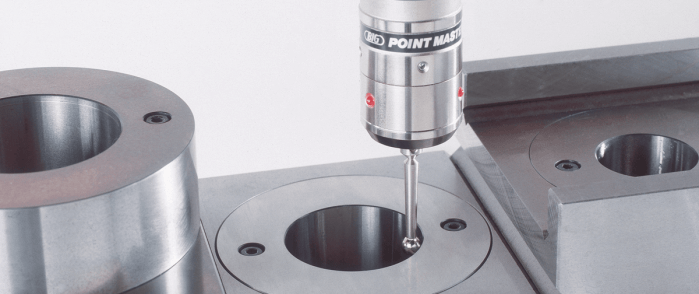


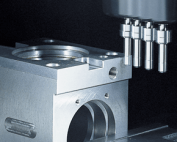



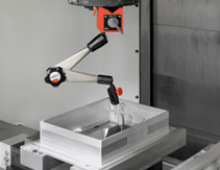

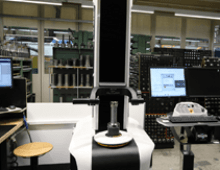
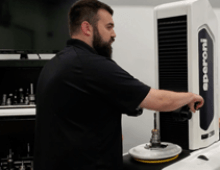

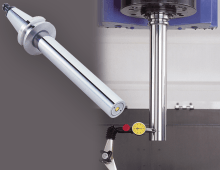
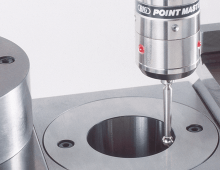



Add new comment